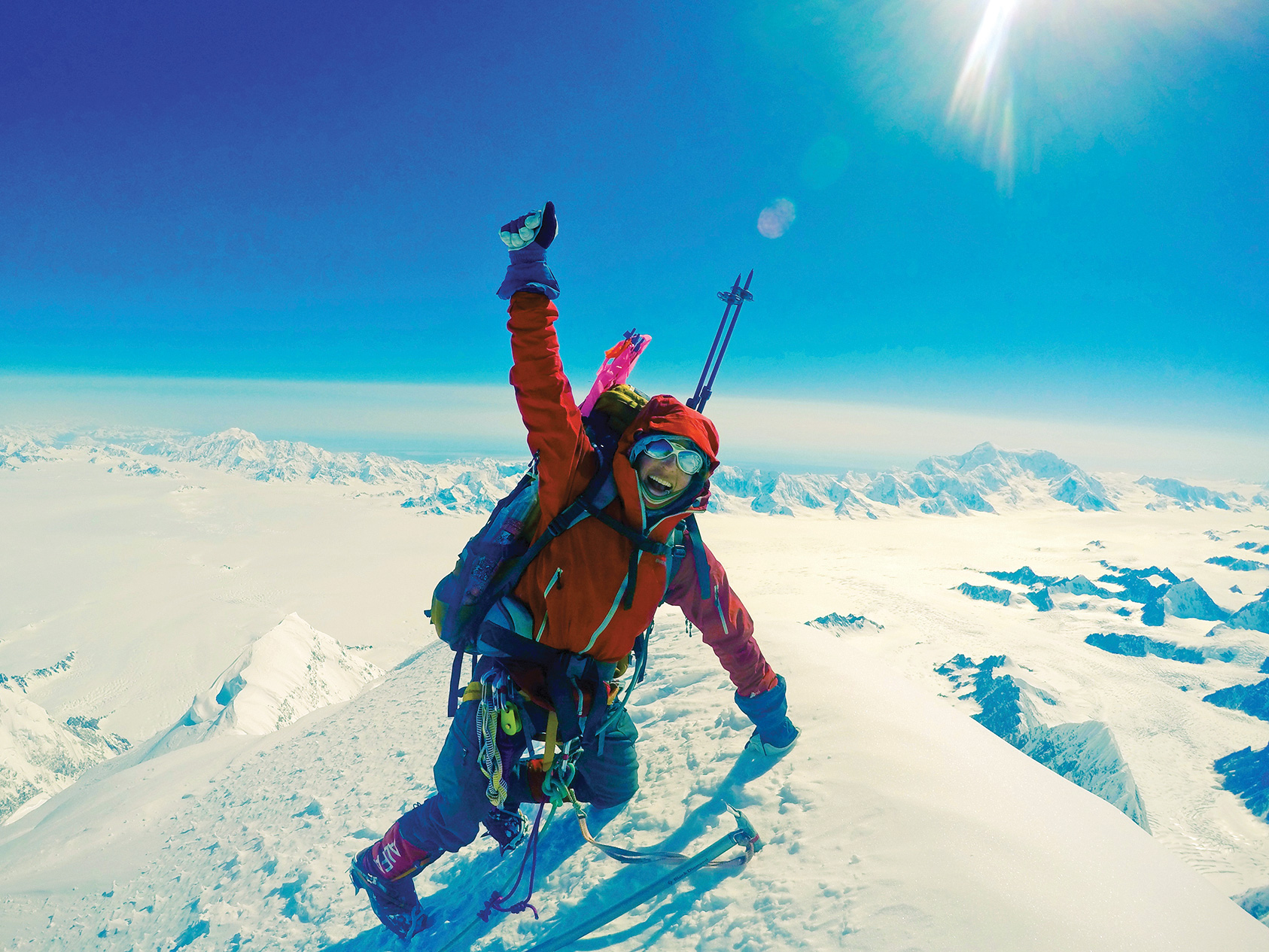
Ice has always been fascinating to Alison Criscitiello. “I had a science teacher who did a short unit on glaciers … I couldn’t believe they were real,” she says. That encounter in her Winchester, Massachusetts, classroom in the eighth grade had a lasting impact.
She earned MIT’s first PhD in glaciology, and now Criscitiello is an adjunct assistant professor of glaciology at the University of Calgary in Canada. She studies the history of sea ice and polar marine environments, primarily by drilling ice cores on land-based ice sheets and ice caps in the Antarctic and Arctic. In March Criscitiello became the technical director of the newly created Canadian Ice Core Archive at the University of Alberta, where scientists will have access to 1.7 kilometers of ice cores.
“The very northernmost reaches of the Canadian high Arctic are incredibly understudied and undersampled,” says Criscitiello. To reach remote sites, she often must take several prop-plane flights and then ski to the destination. On trips to such places as west Antarctica and Greenland, she has had to camp on ice sheets; in Greenland, she’s slept with a shotgun in case of polar bear attacks.
Criscitiello does not mind the hardships. “For me, there is really nothing else in the world that compares to that feeling of being somewhere incredibly remote and frozen, even if it’s inhospitable,” she said in a Women in STEM podcast.
Her 40-day winter ski traverse with Rebecca Haspel and Kate Harris, SM ’10, through the Central Asian Pamir Mountains in 2015 is the subject of the new documentary Borderski. In it, the women traveled along Tajikistan’s border with Kyrgyzstan, China, and Afghanistan to bring attention to conservation of the area’s migratory wildlife. The three reunited this winter to bike a 1,450-kilometer ice road that connects remote communities in northern Canada.
Criscitiello has also led the first all-women’s summit of Pinnacle Peak in the Indian Himalayas and returned to the region when she was honored with the 2016 Mugs Stump and John Lauchlan alpine climbing awards. Recent expeditions have included summiting Mount Logan, Canada’s highest peak, and the first all-female ascents of mixed routes off Alaska’s Pika Glacier.
In 2016, Criscitiello cofounded Girls on Ice Canada, a nonprofit wilderness and science education program that gives First Nations girls free opportunities to experience scientific mountain expeditions. In her free time, she blows glass and plays the mandolin. Why the mandolin? “It’s very portable,” she says, “and I can take it on trips.”
Keep Reading
Most Popular
Large language models can do jaw-dropping things. But nobody knows exactly why.
And that's a problem. Figuring it out is one of the biggest scientific puzzles of our time and a crucial step towards controlling more powerful future models.
How scientists traced a mysterious covid case back to six toilets
When wastewater surveillance turns into a hunt for a single infected individual, the ethics get tricky.
The problem with plug-in hybrids? Their drivers.
Plug-in hybrids are often sold as a transition to EVs, but new data from Europe shows we’re still underestimating the emissions they produce.
Stay connected
Get the latest updates from
MIT Technology Review
Discover special offers, top stories, upcoming events, and more.